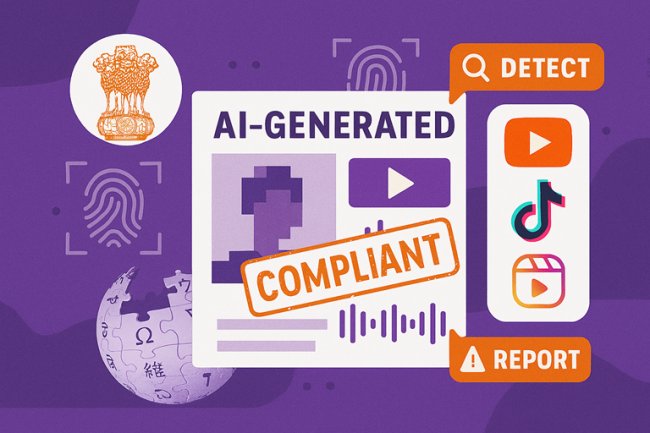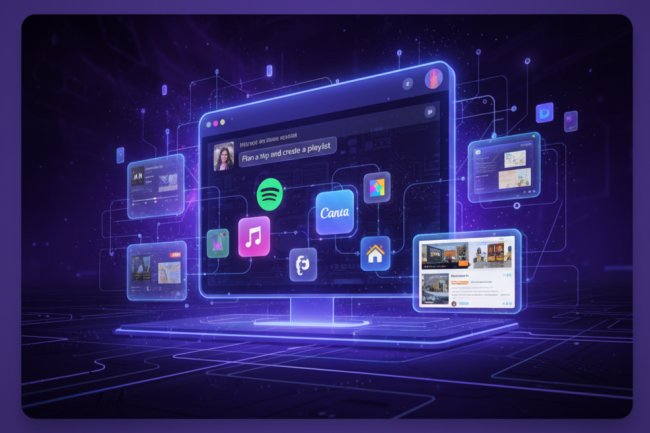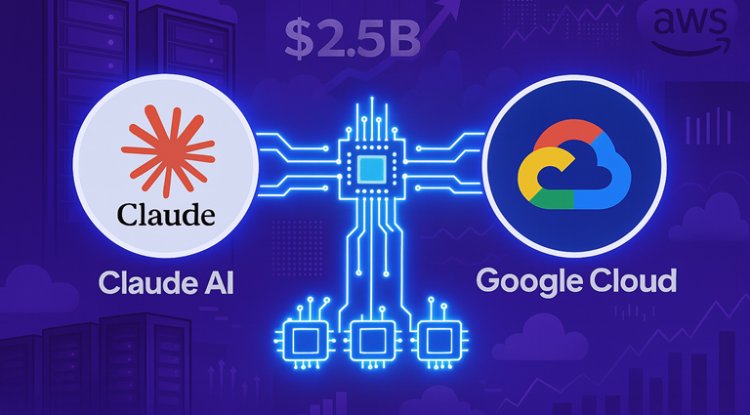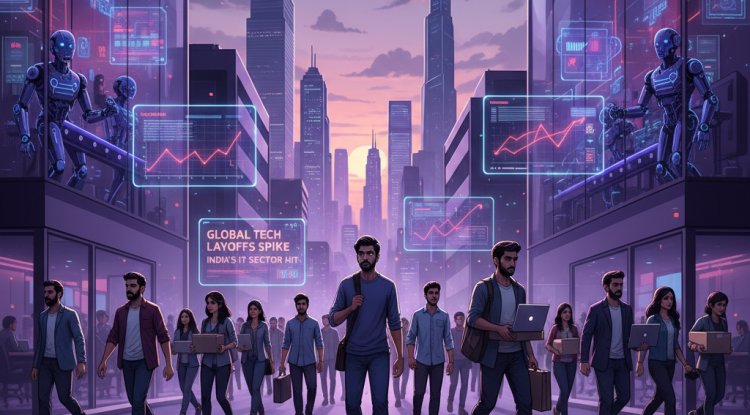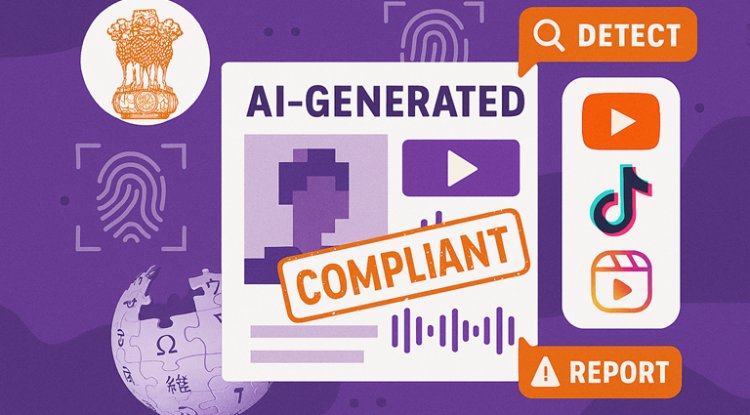DeepSeek's Ascendancy: How China's Viral AI Challenger is Shaking Up the Global Chatbot Race
DeepSeek stormed App Store charts and upended the global AI conversation in 2025. This in-depth analysis explores DeepSeek's origins, technical model breakthroughs, cost disruption tactics, Western policy backlash, and what their rise means for generative AI's future.
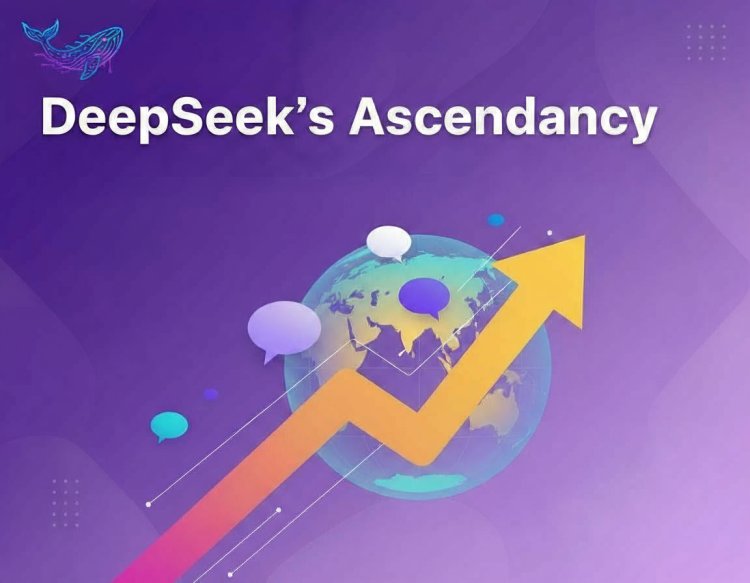
The AI race has a new disruptor: DeepSeek. In 2025, this Chinese AI firm's chatbot app shot to #1 on Apple's App Store, challenging the dominance of OpenAI and U.S. rivals in both market share and technical prowess.
A Hedge Fund-Backed Lab Drives Viral AI
Origins & early innovation
- DeepSeek began as a research arm of High-Flyer Capital Management, a quant hedge fund founded in 2019 and focused on AI-driven trading. By 2023 it spun off as an independent company—building its own data centers despite U.S. tech hardware bans.
- Its research team is renowned for aggressive recruitment—top PhDs and non-CS hires—allowing unique insights in both science and linguistics across company projects.
Technical Edge: Cost-Effective, Powerful LLMs
Beyond the hype
- DeepSeek's first big break: models (DeepSeek Coder, LLM, Chat) launched in late 2023, with DeepSeek-V2 and V3 in 2024-25 outperforming rivals in both benchmarks and price/performance.
- The R1 "reasoning" model is a standout—internally fact-checking, better at math/science, slower but less prone to error. V3.2-exp in September slashed user inference costs for large memory tasks.
- Efficiency gains have dropped industry pricing; even ByteDance and Alibaba were forced to discount their own AI products to stay competitive.
Openness, Licensing and Real-World Impact
Building the developer ecosystem
- DeepSeek's models aren't open source in the strict sense—but they're available with business-friendly licenses (hugely popular on Hugging Face, with 2.5M downloads so far). Hundreds of derivatives exist, especially using the R1 model.
- While less open, DeepSeek encourages innovation, and developers worldwide use its models for new AI-powered projects—even as the underlying data or weights aren't fully public.
Policy Backlash and Geopolitical Turbulence
U.S. bans, regulatory scrutiny, and international reaction
- DeepSeek faces government bans (U.S., South Korea, New York State), over privacy and censorship concerns. Its models' answers reflect China's "socialist core values" and restrict political topics—limiting global reach.
- Big tech (Microsoft, OpenAI, Meta) and government critics call DeepSeek "state-subsidized" and raise worries over potential security risks and propaganda in Western markets.
- Despite bans, DeepSeek is available on Microsoft Azure, popular on Hugging Face, and downloaded by millions worldwide.
The Future: Global AI Disruption or Passing Hype?
What to watch
- DeepSeek's business model remains mysterious—low prices, no VC funding, and massive technical investment. Some claim hype, others see a true innovator changing global AI economics.
- As U.S.-led export bans and regulatory hurdles escalate, watch the coming years for more open fights between American and Chinese AI leaders—and new frontiers in cross-border AI development.
DeepSeek's rapid ascent reveals the fast-changing, turbulent landscape of generative AI—and how global competition and new business models will shape the future of large language models everywhere.
What's Your Reaction?








